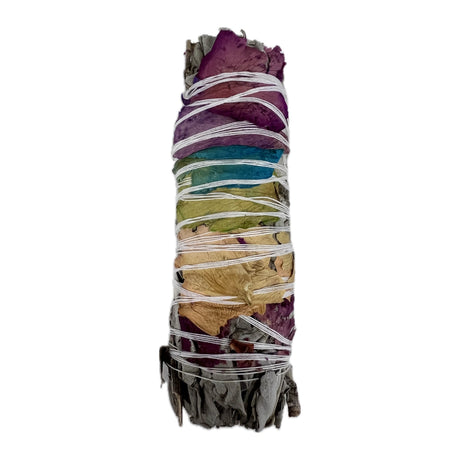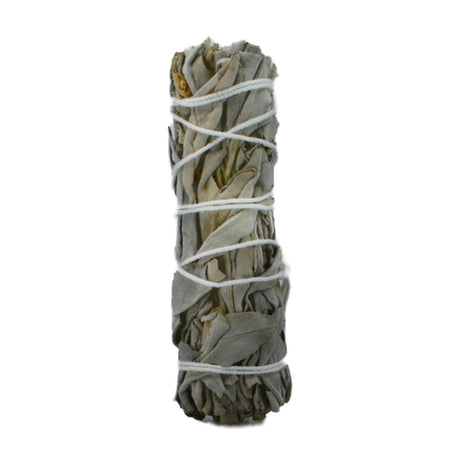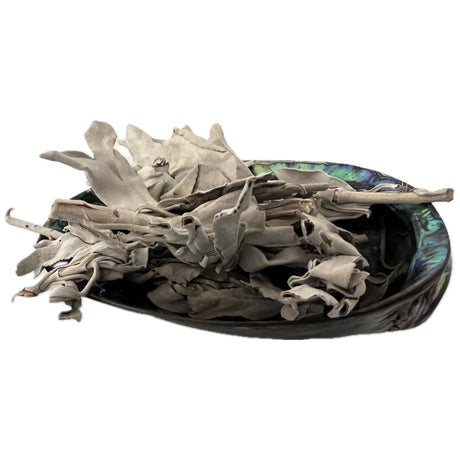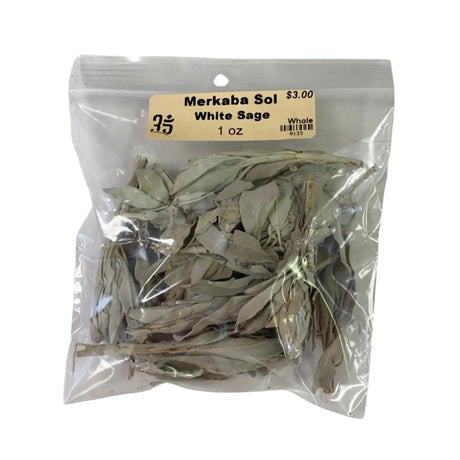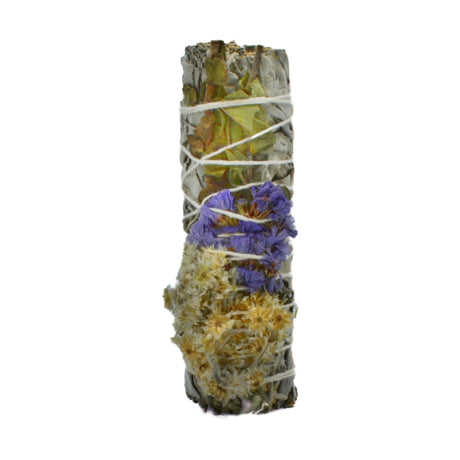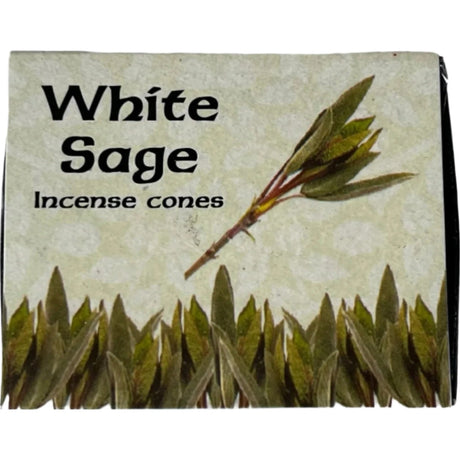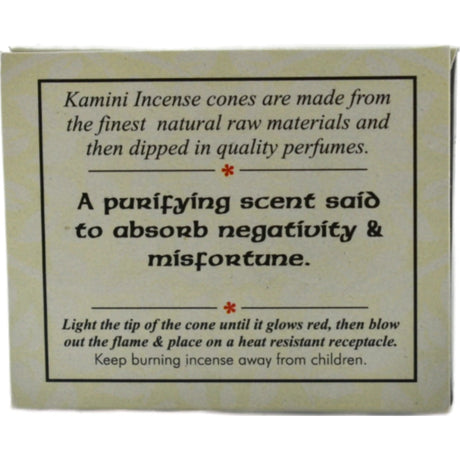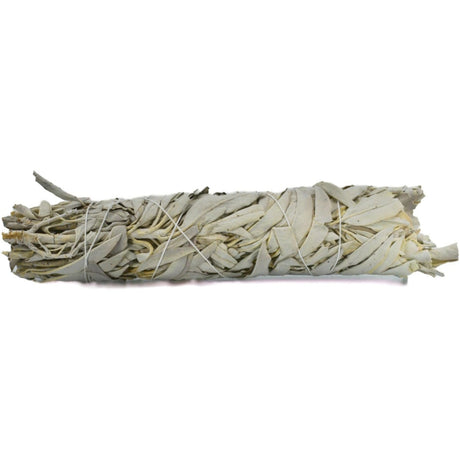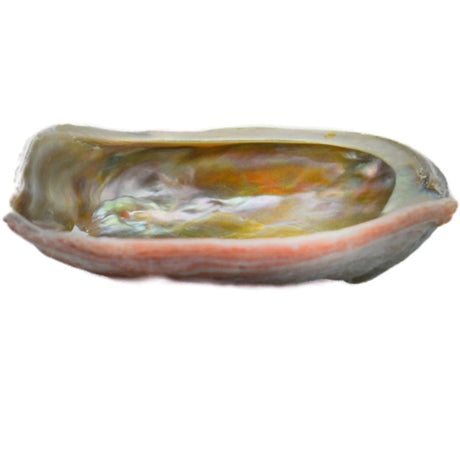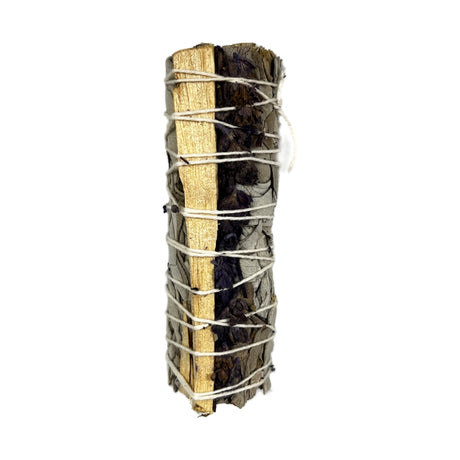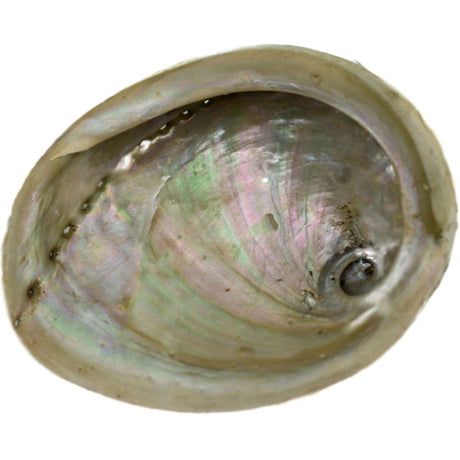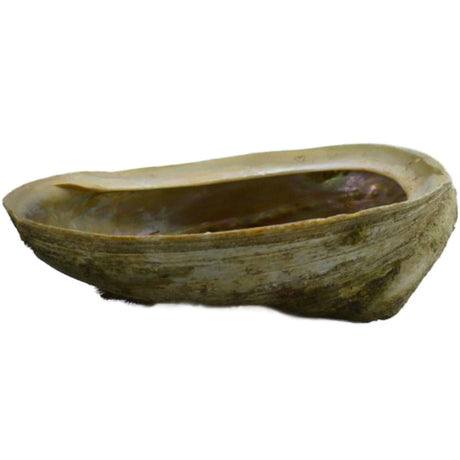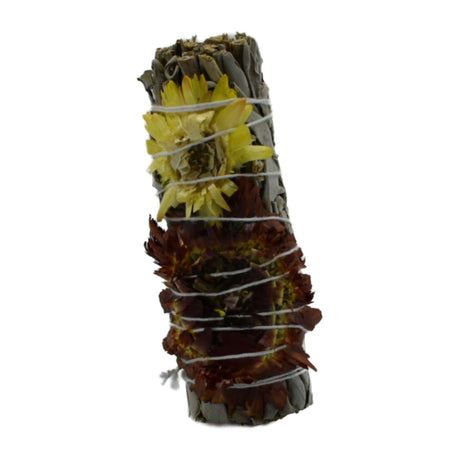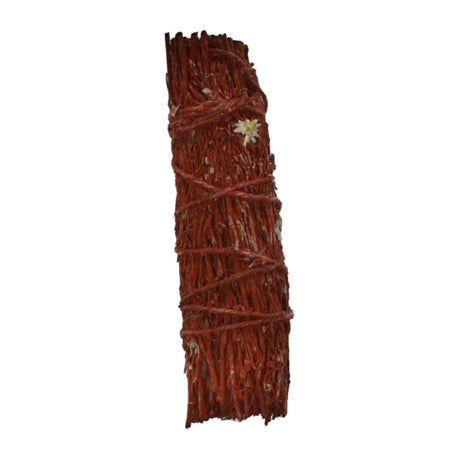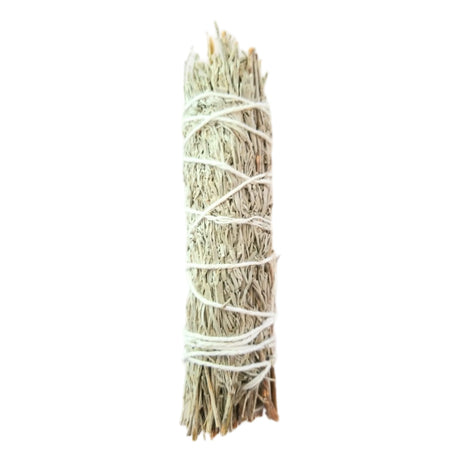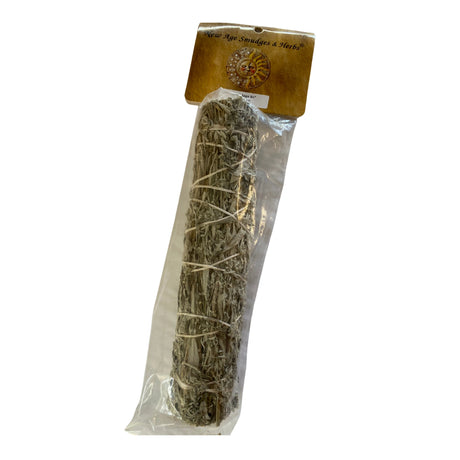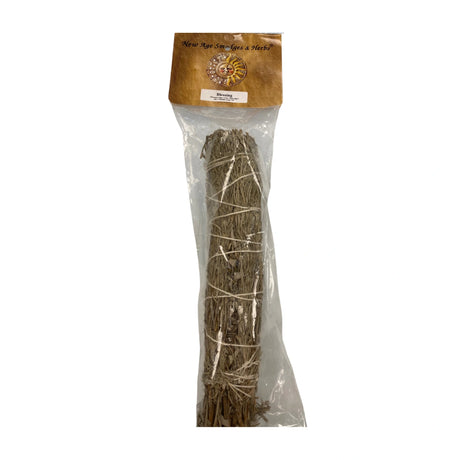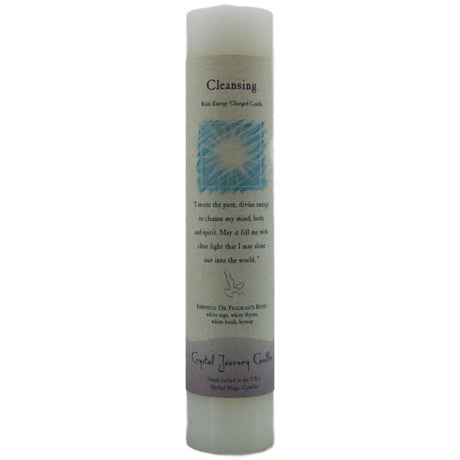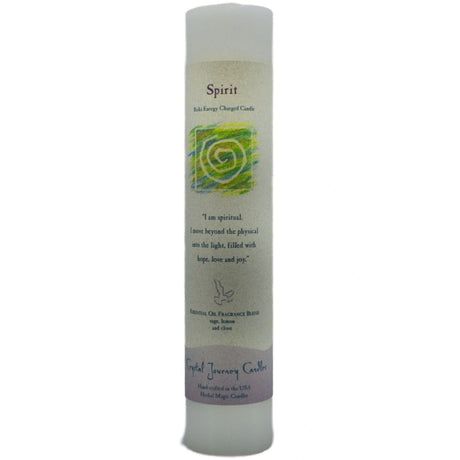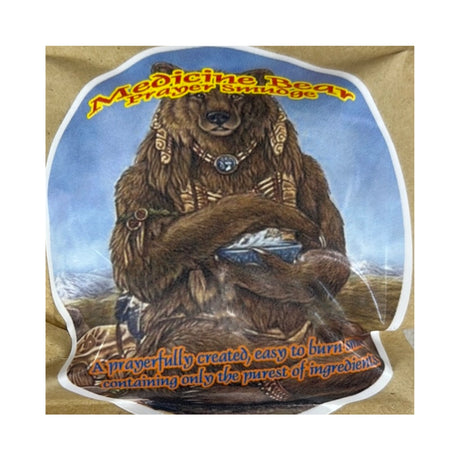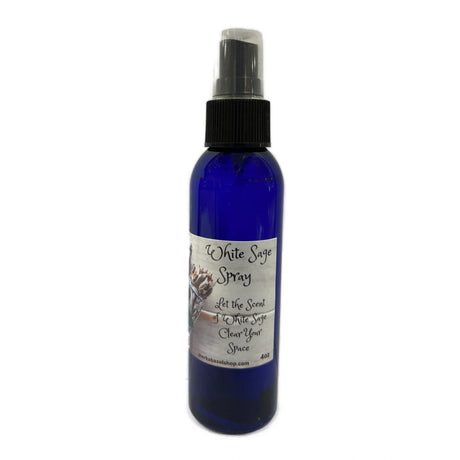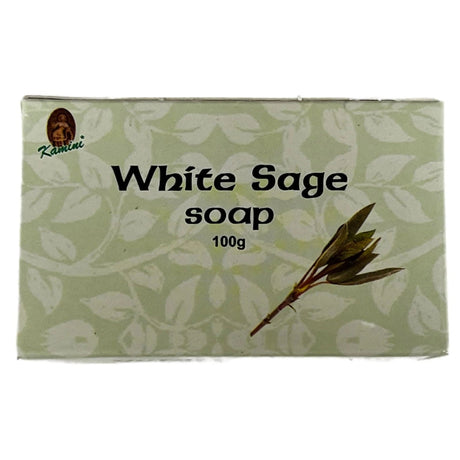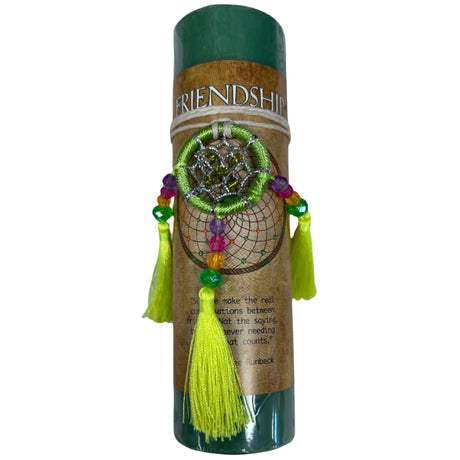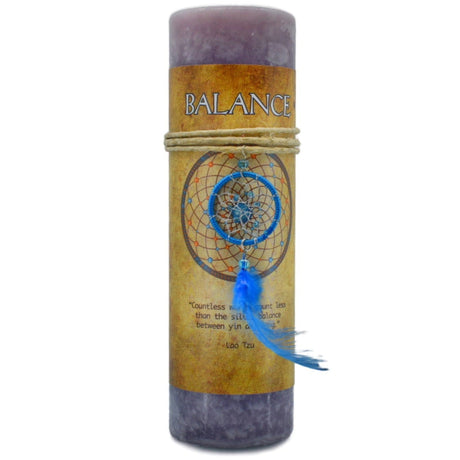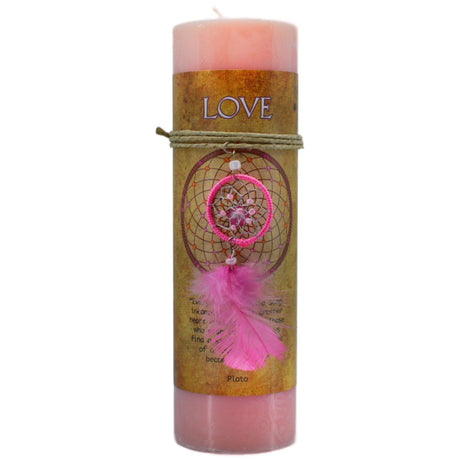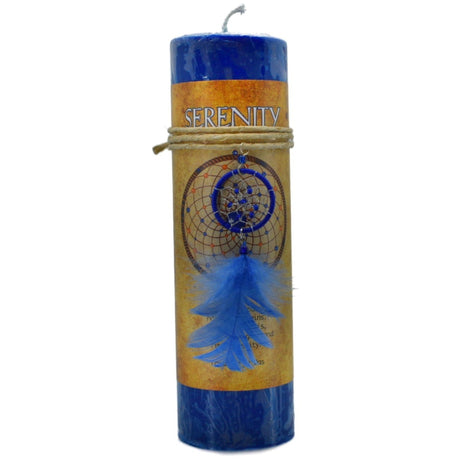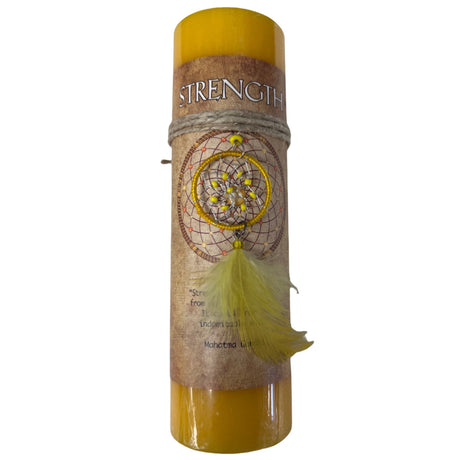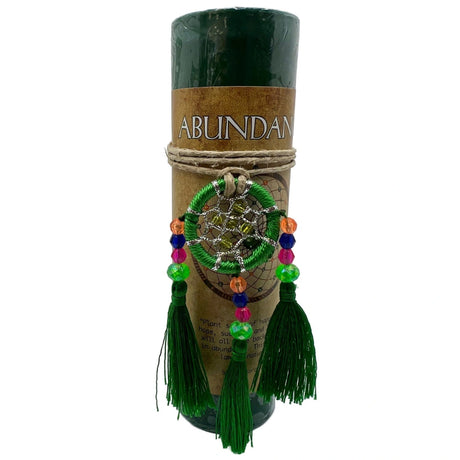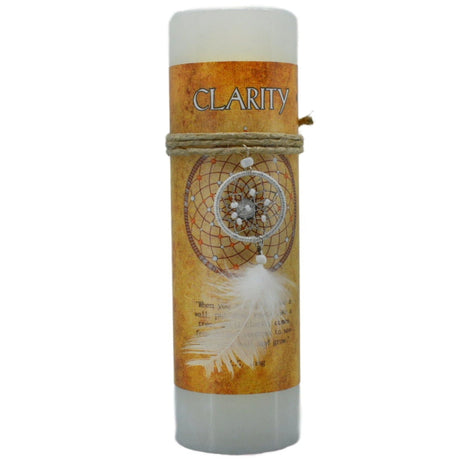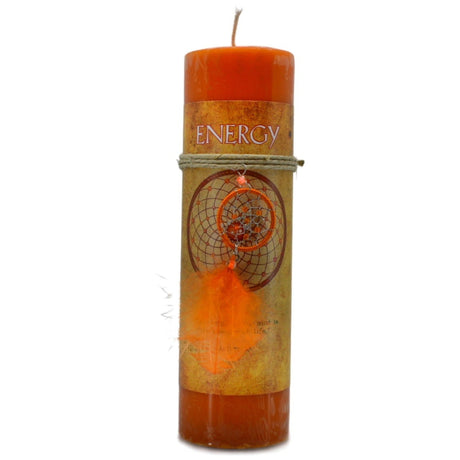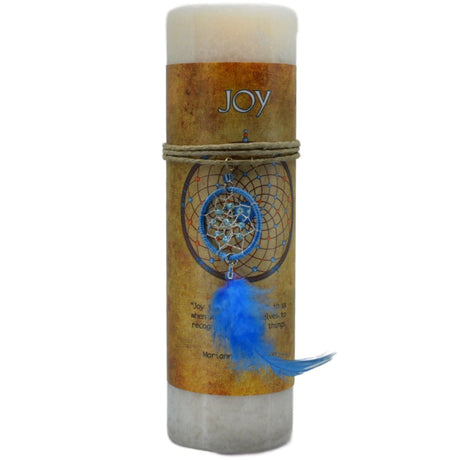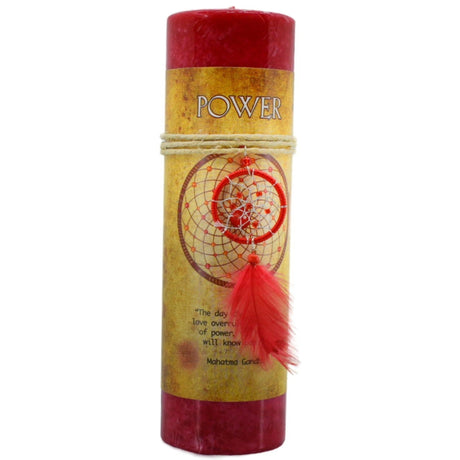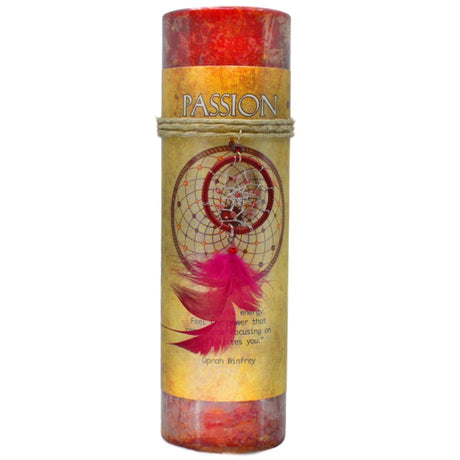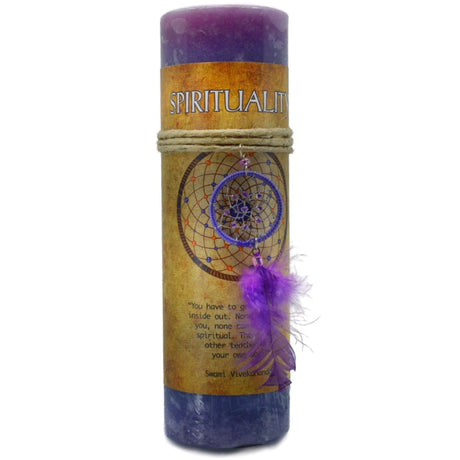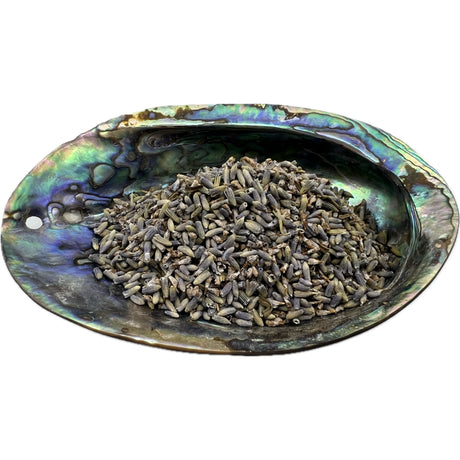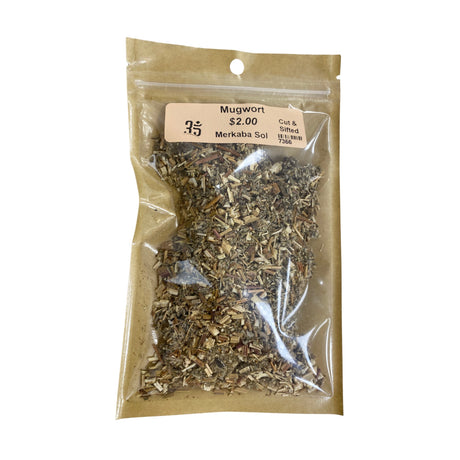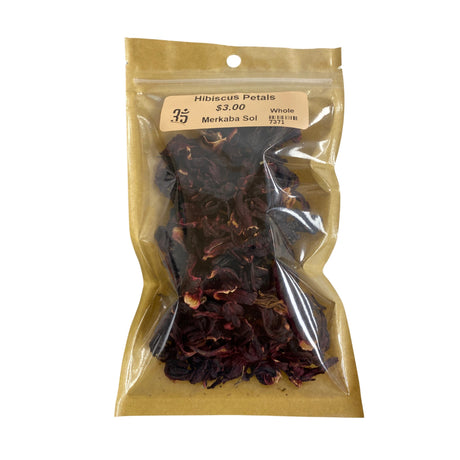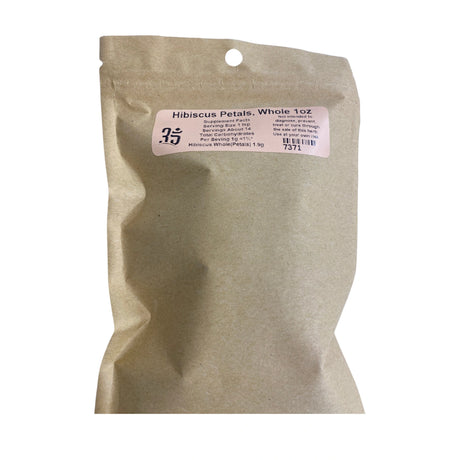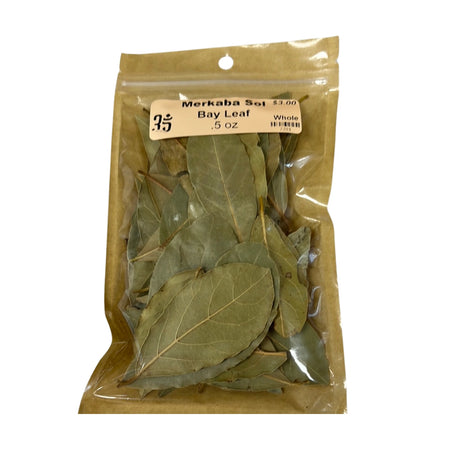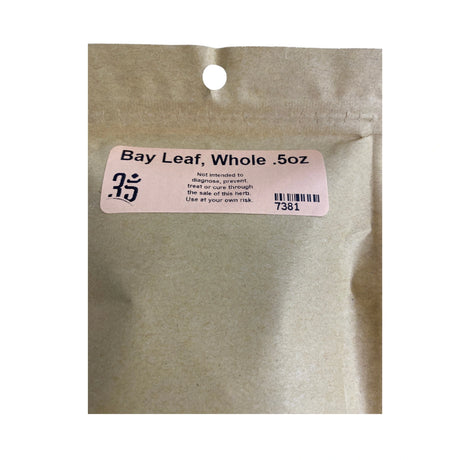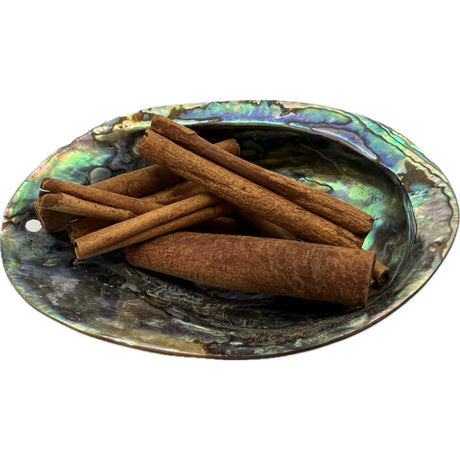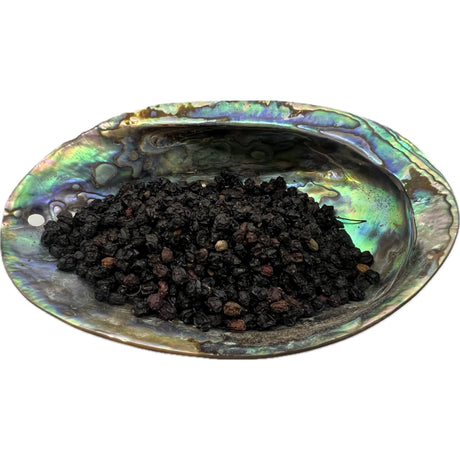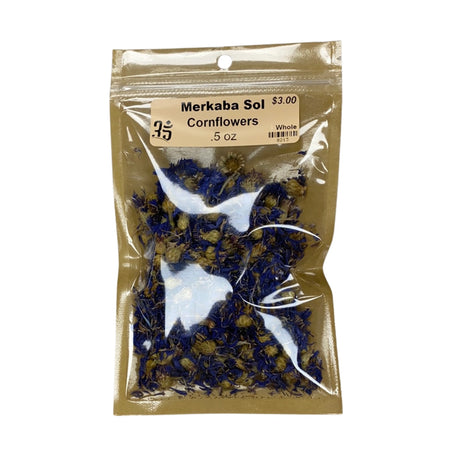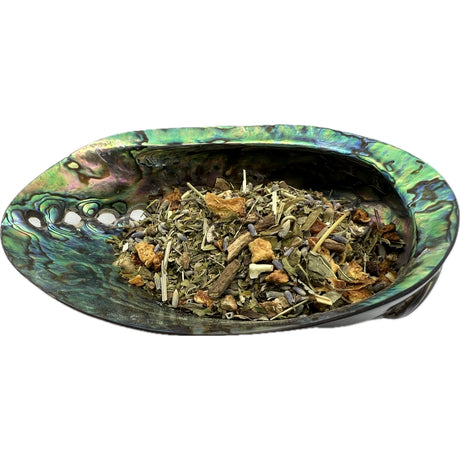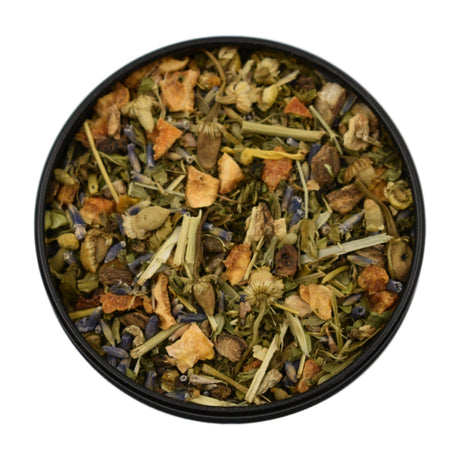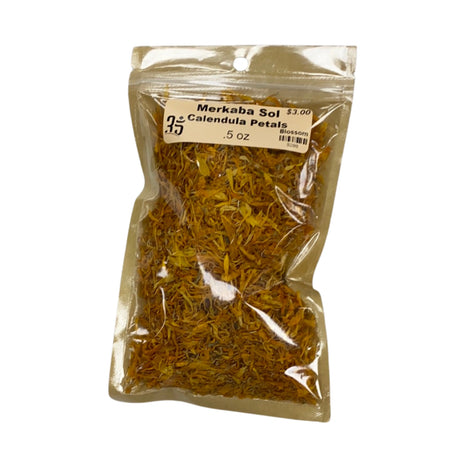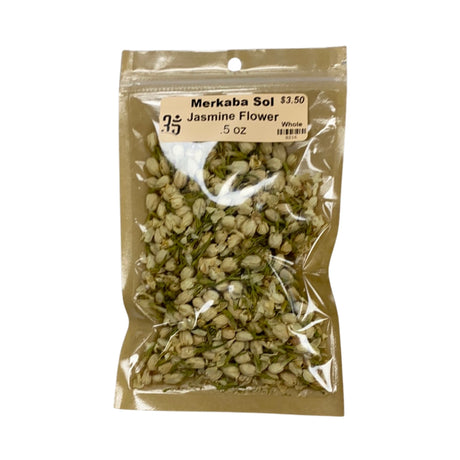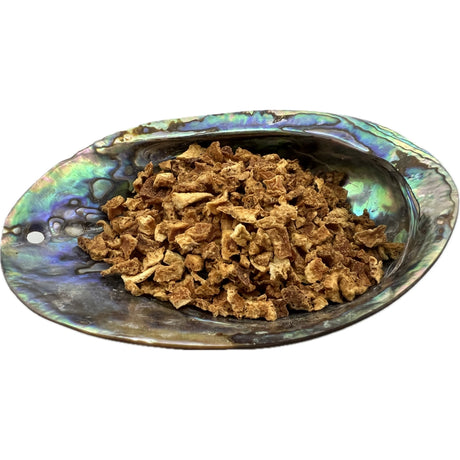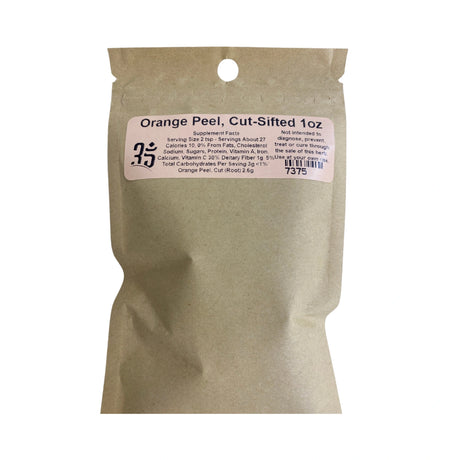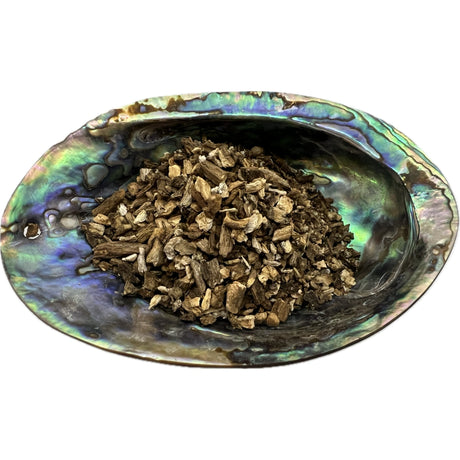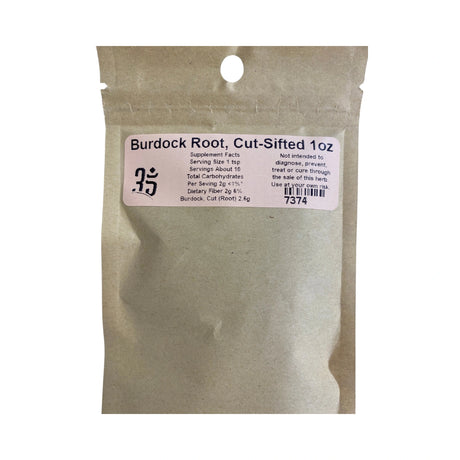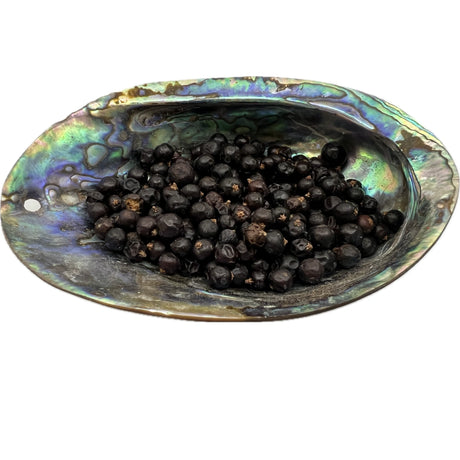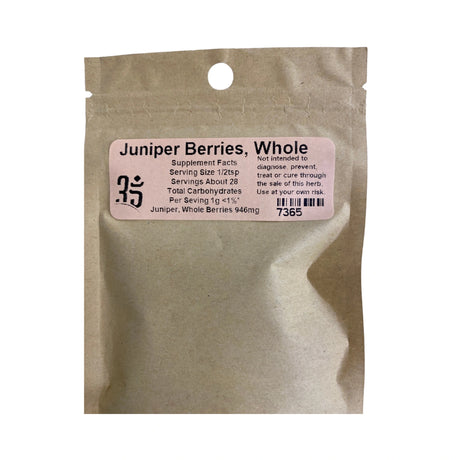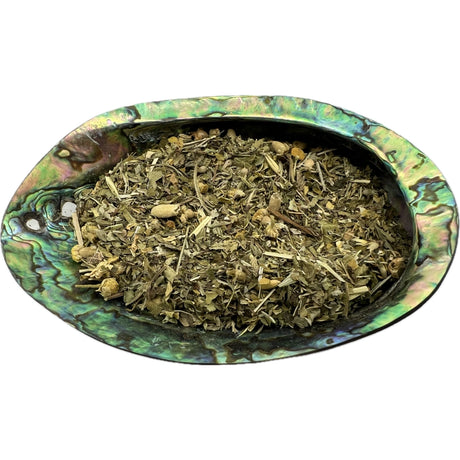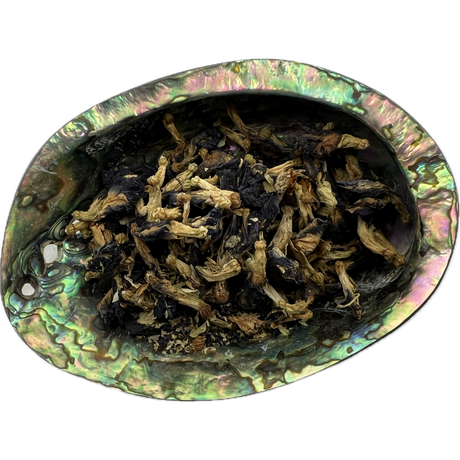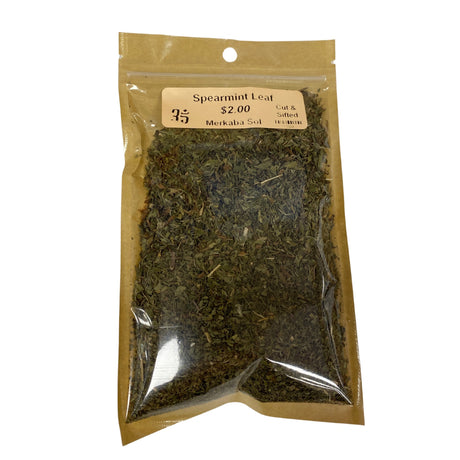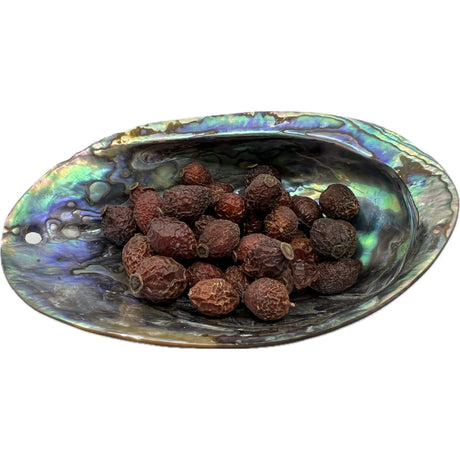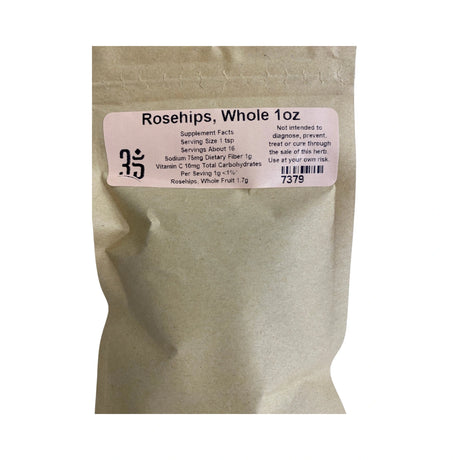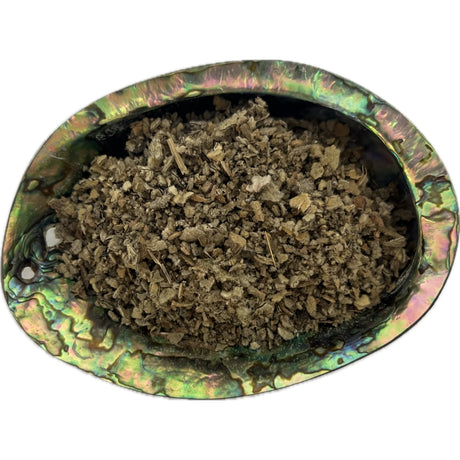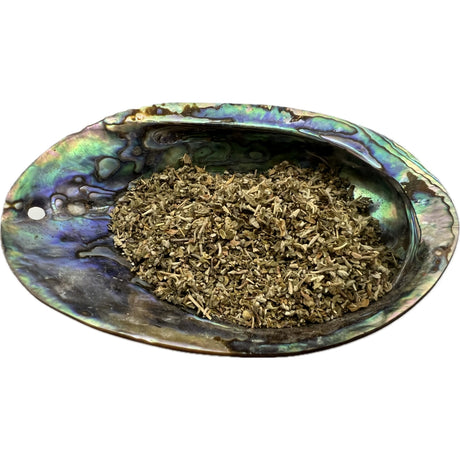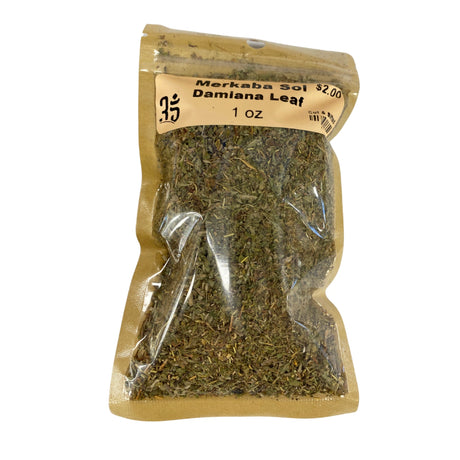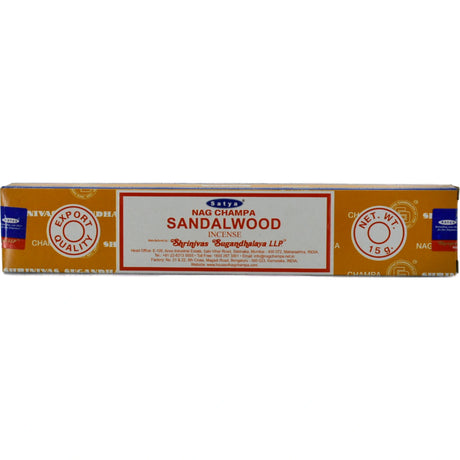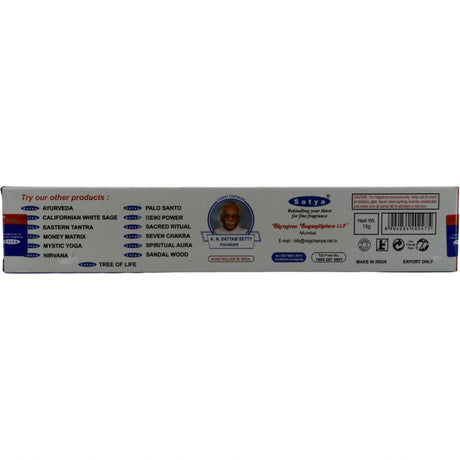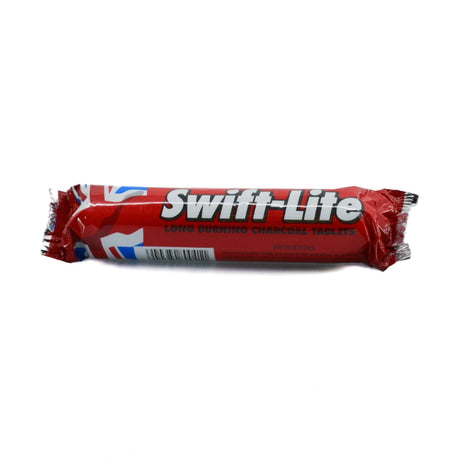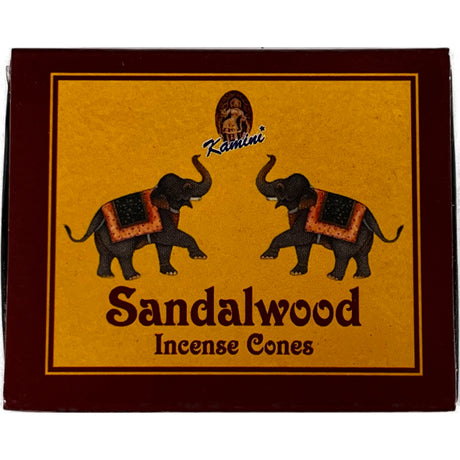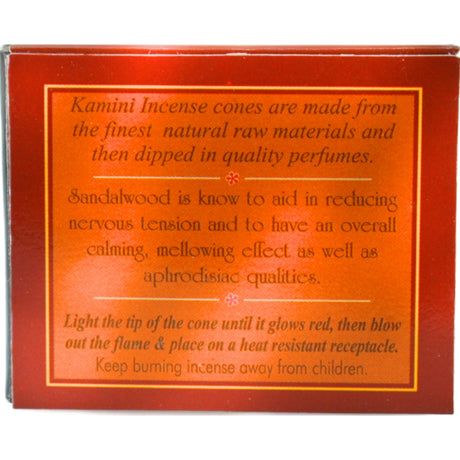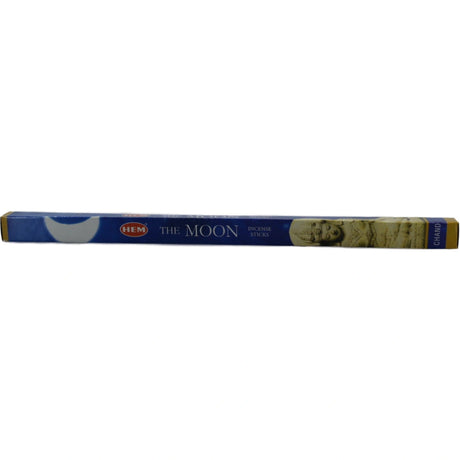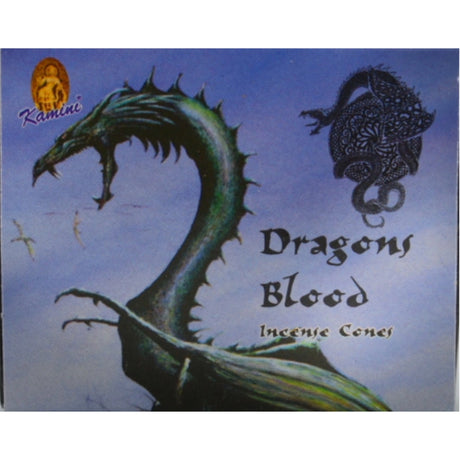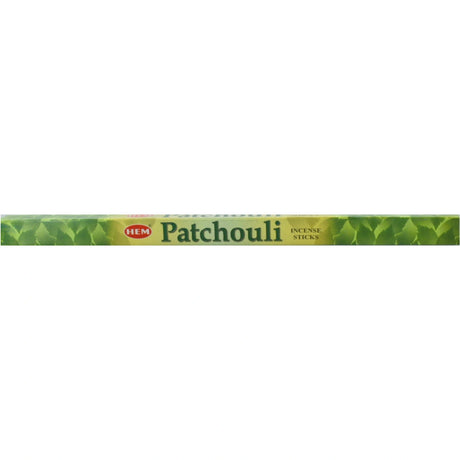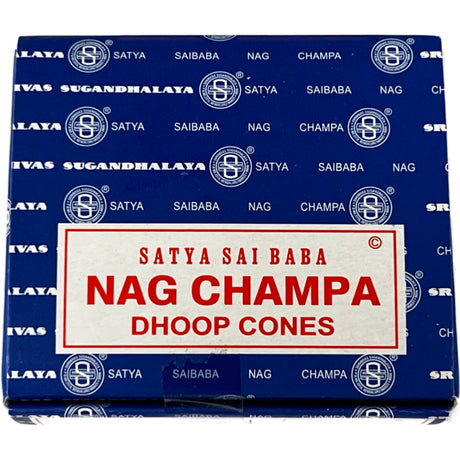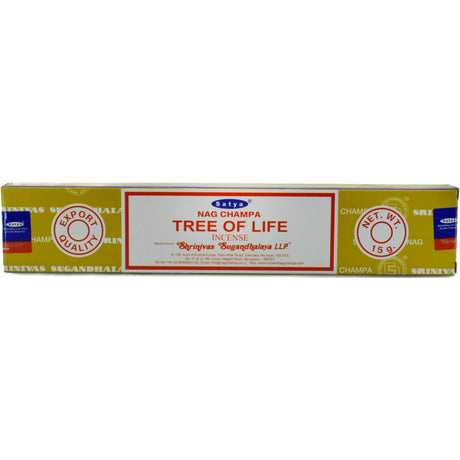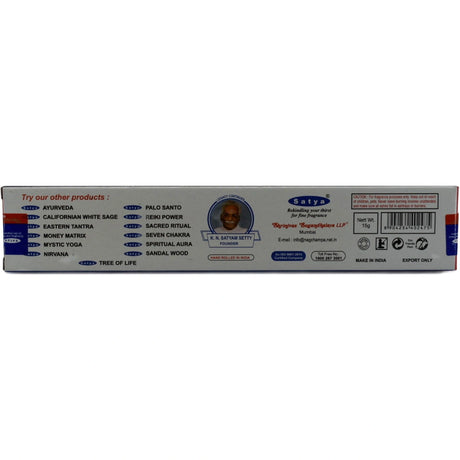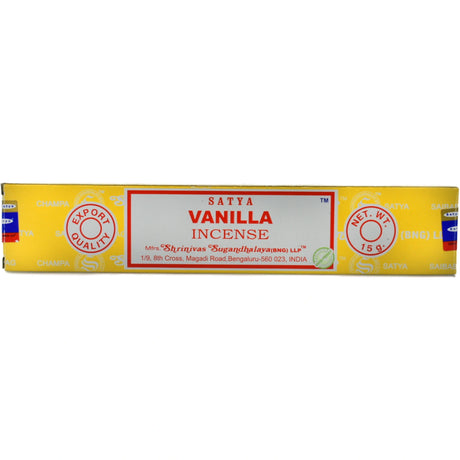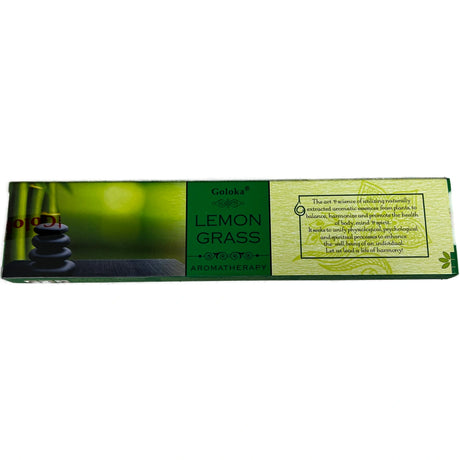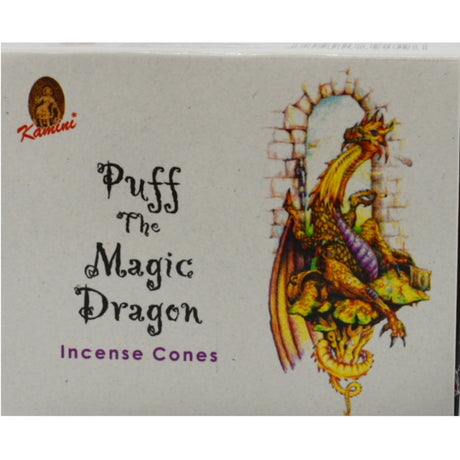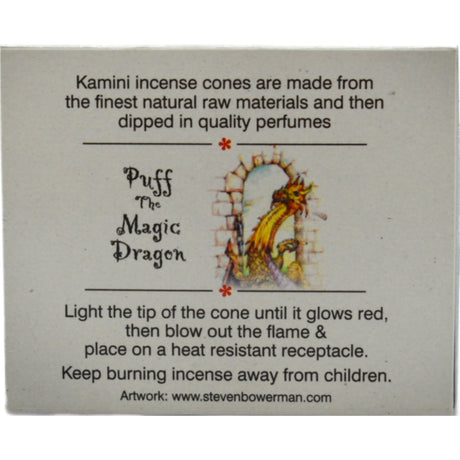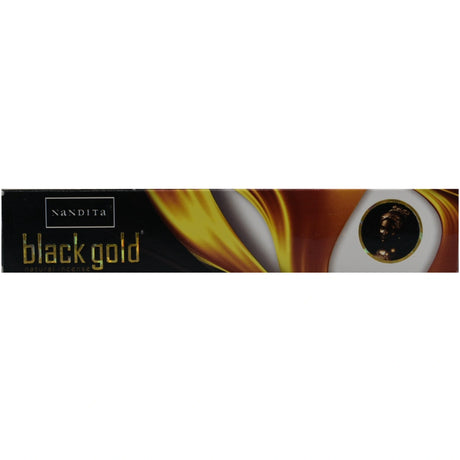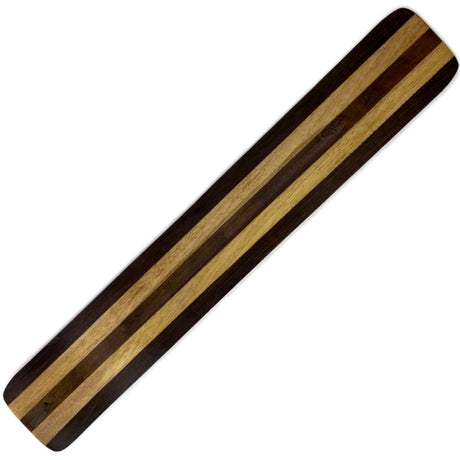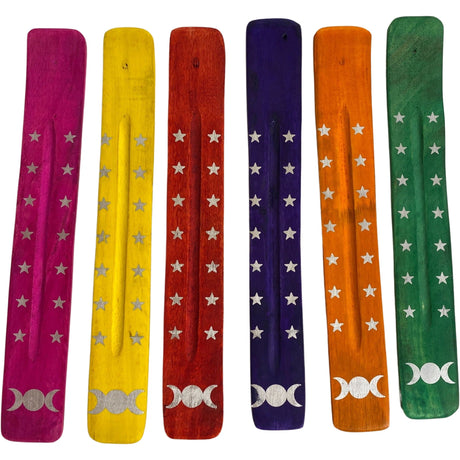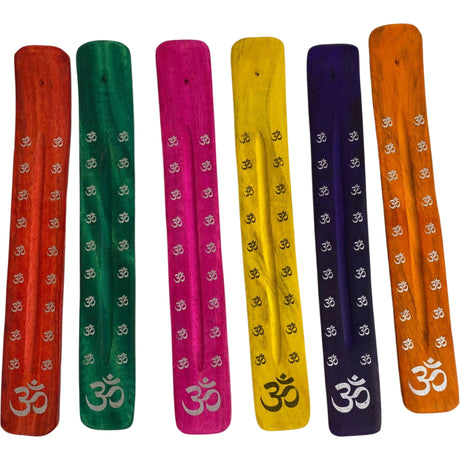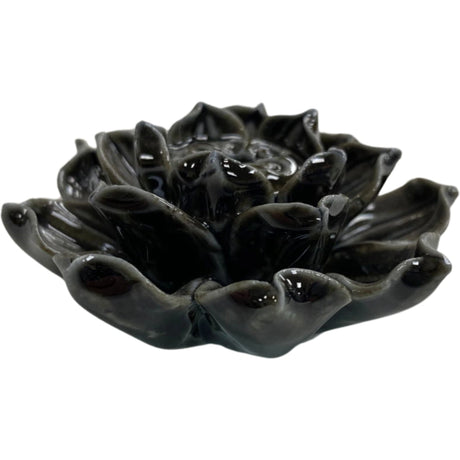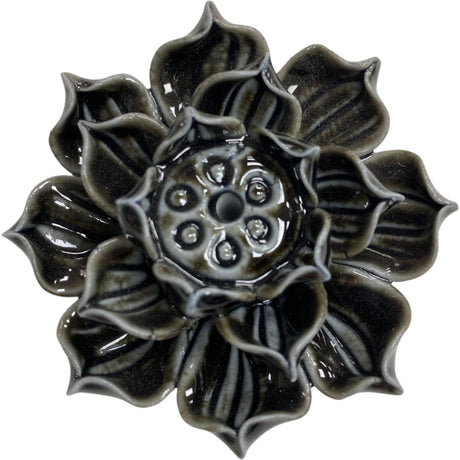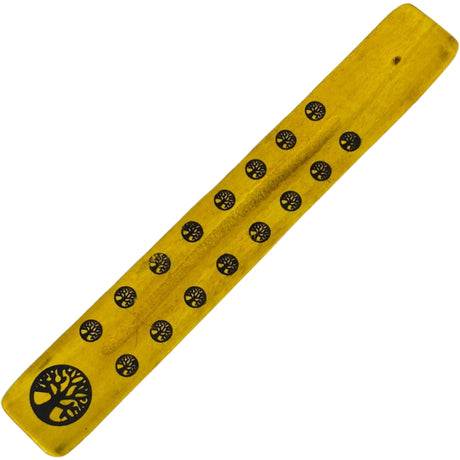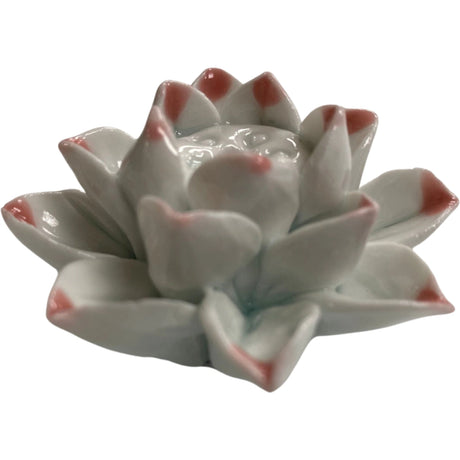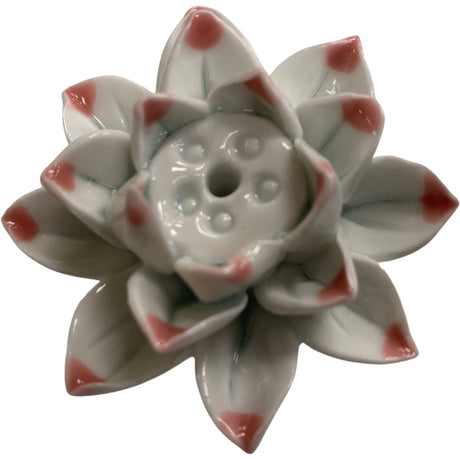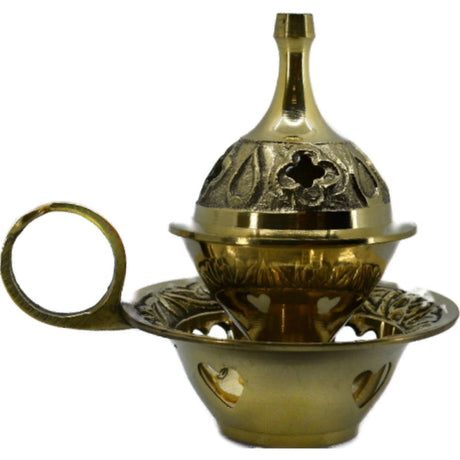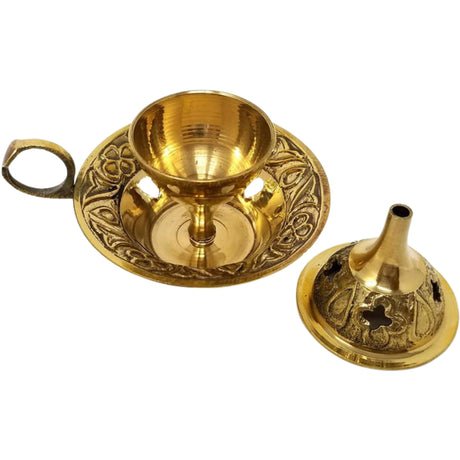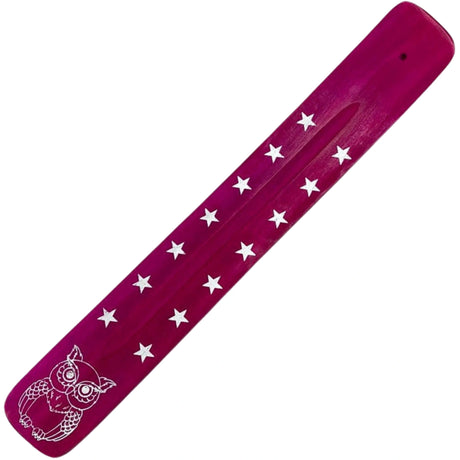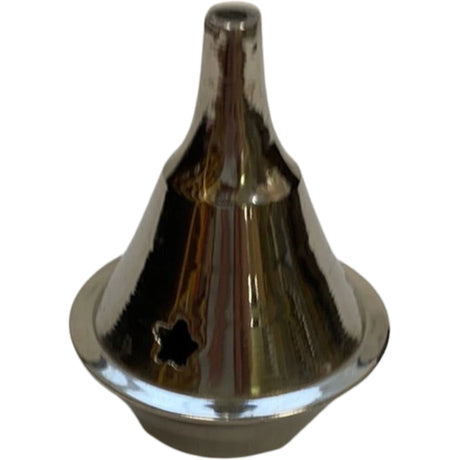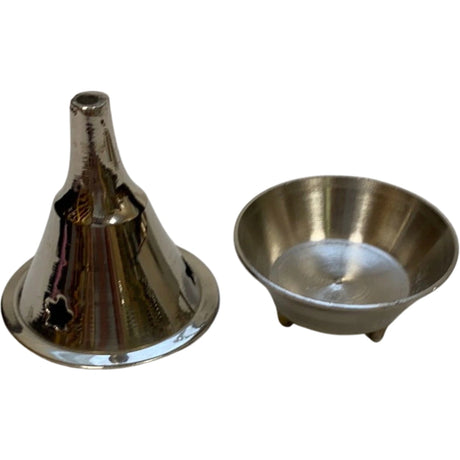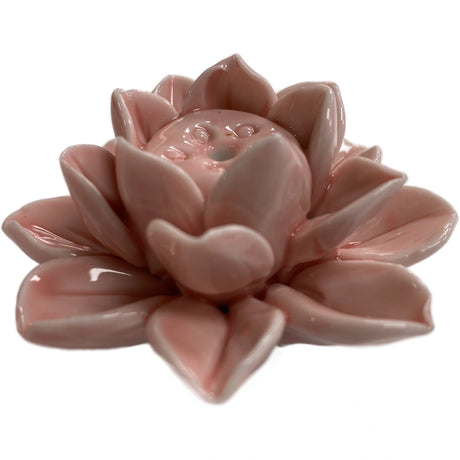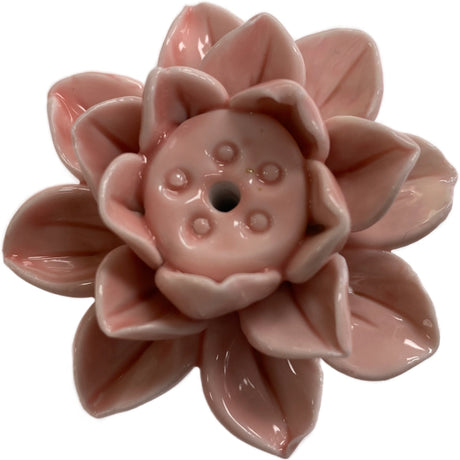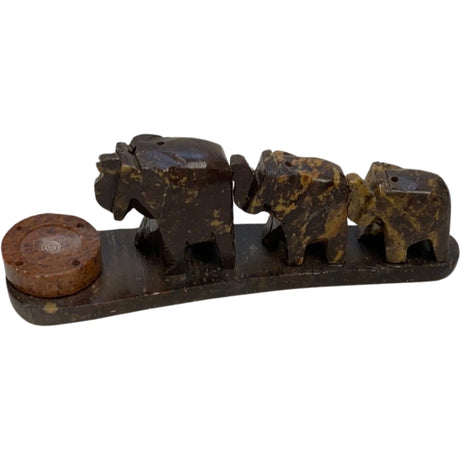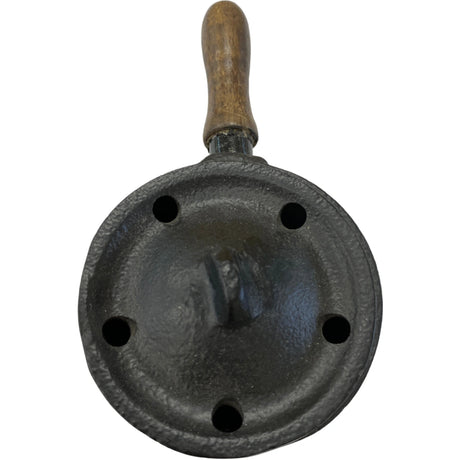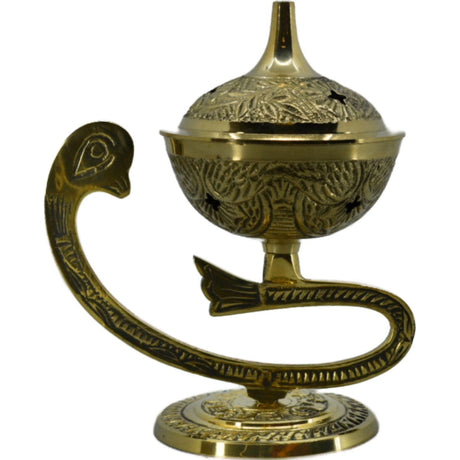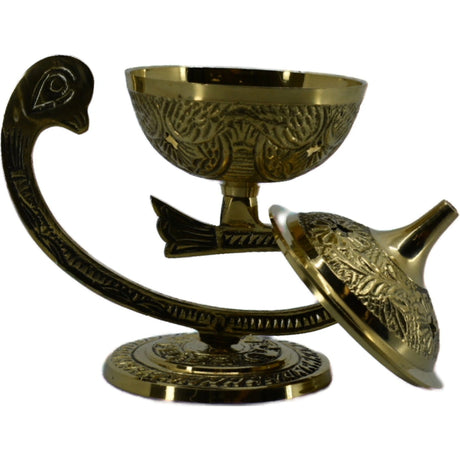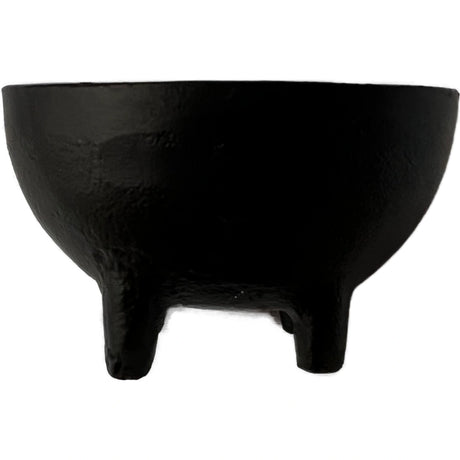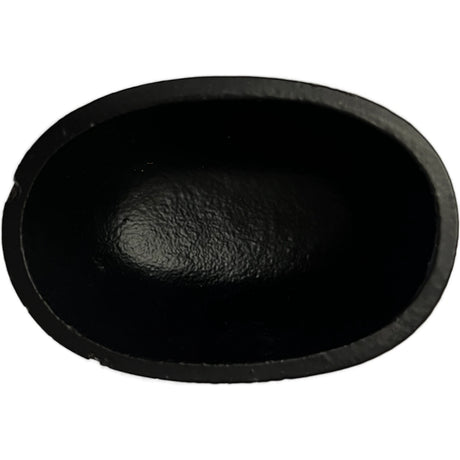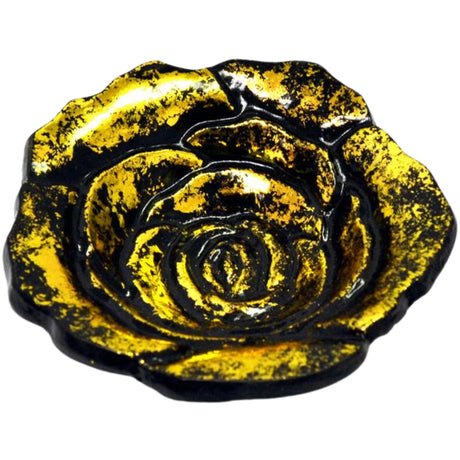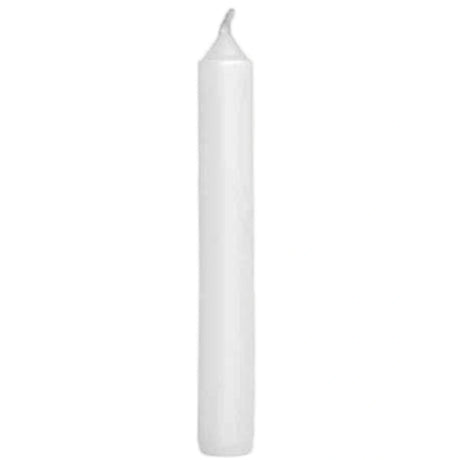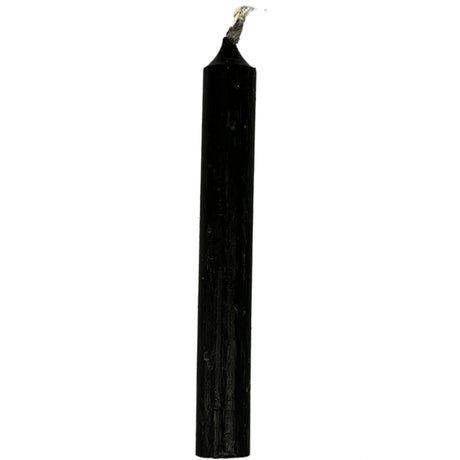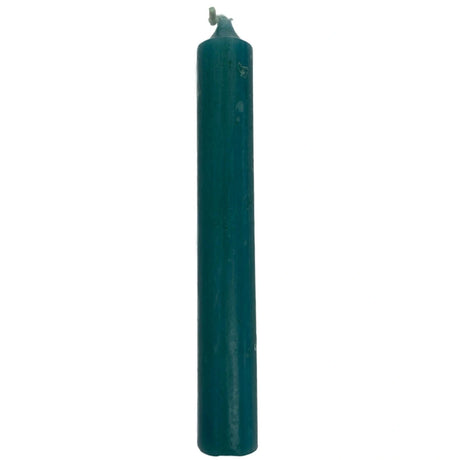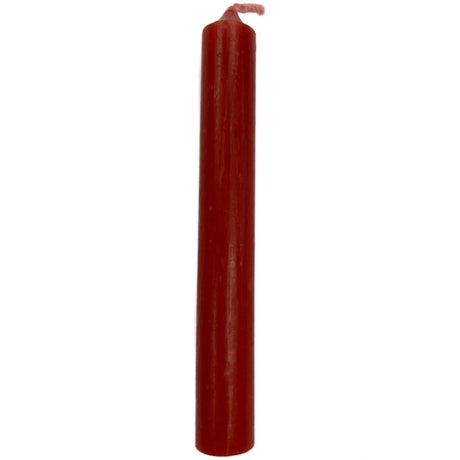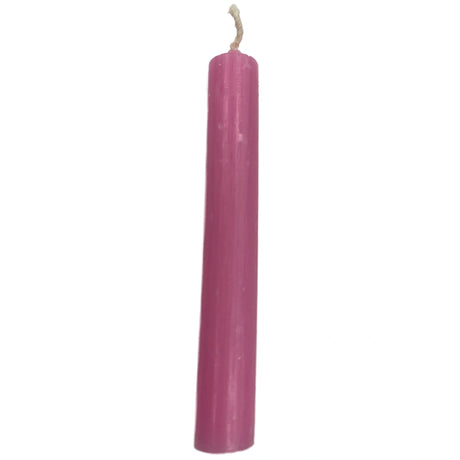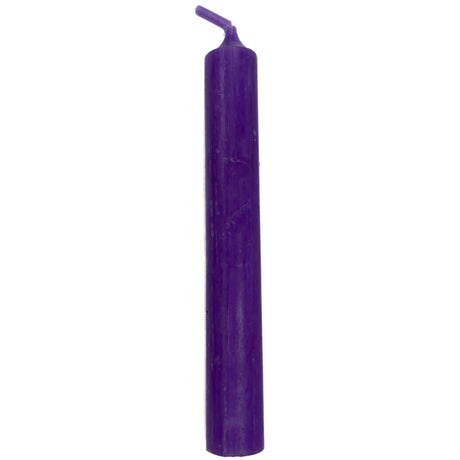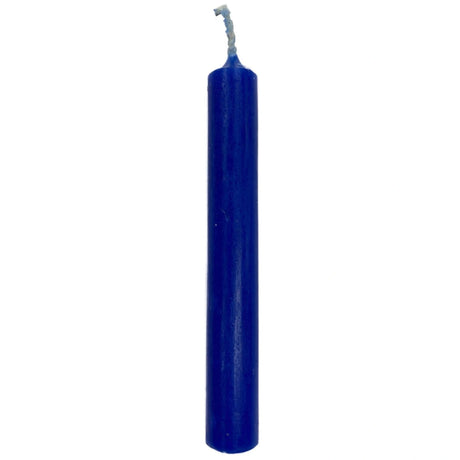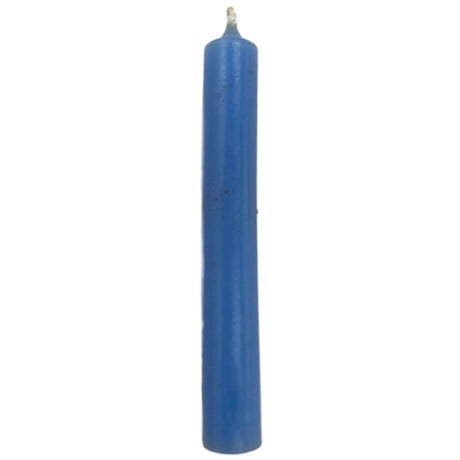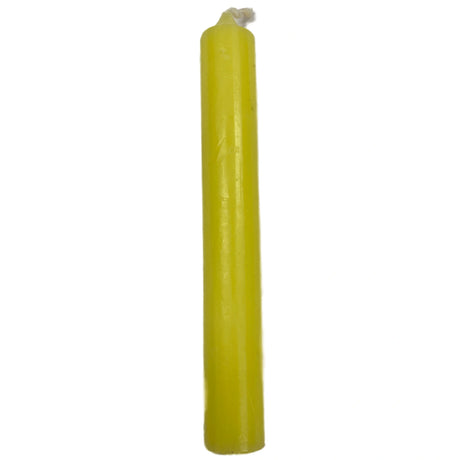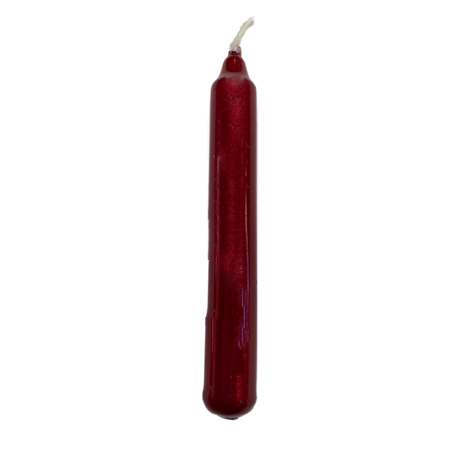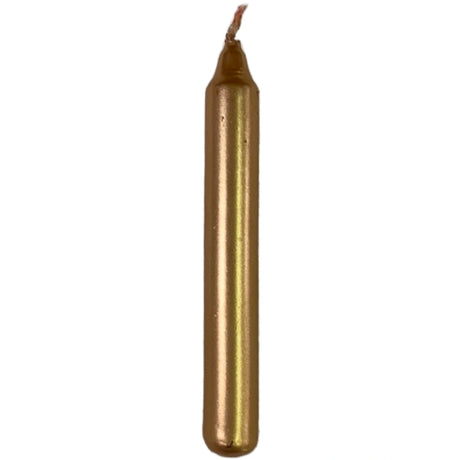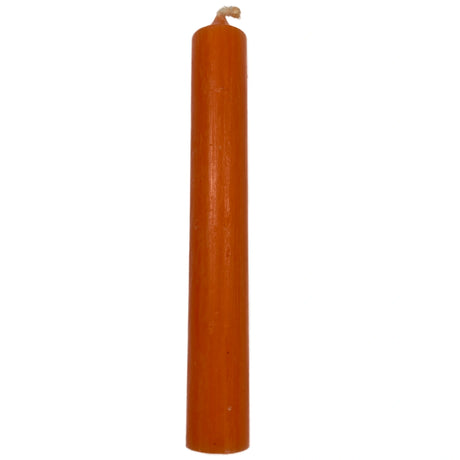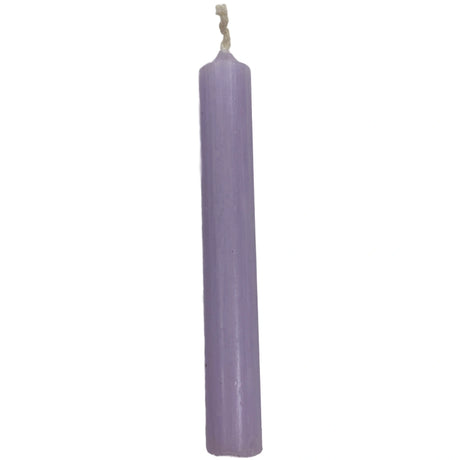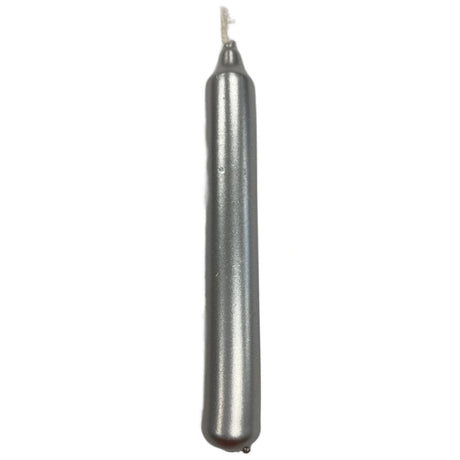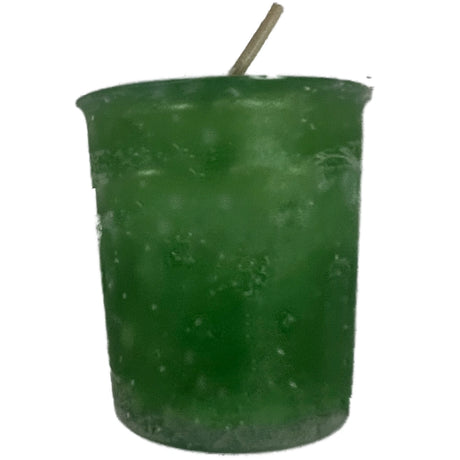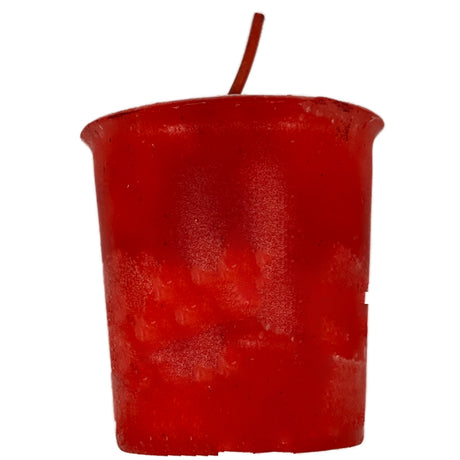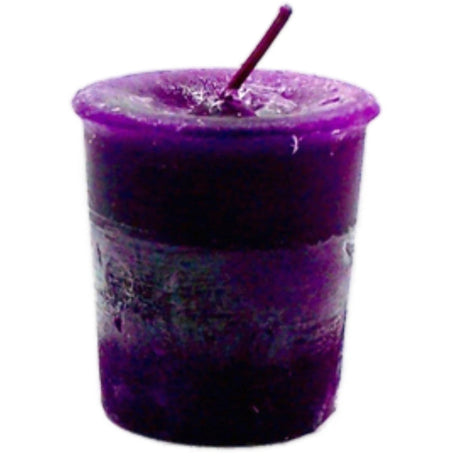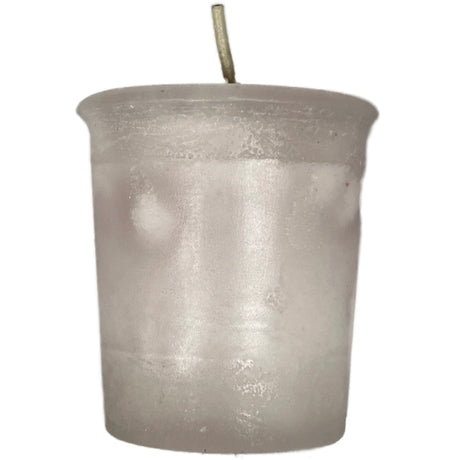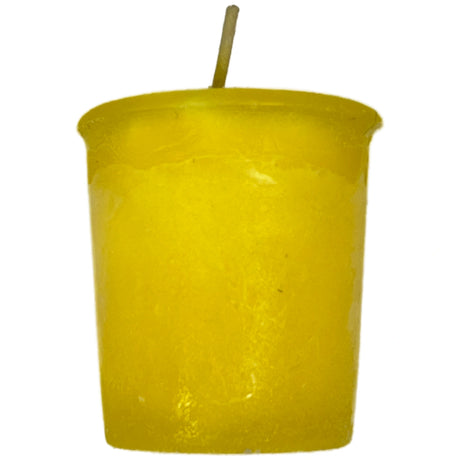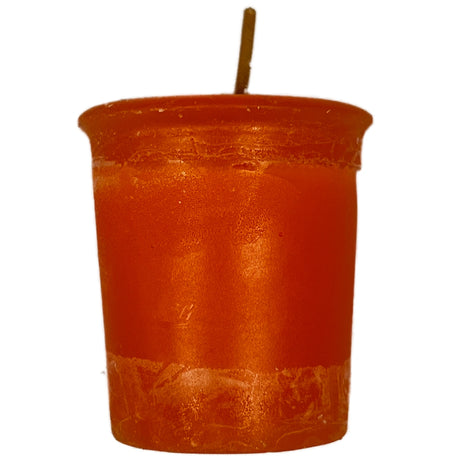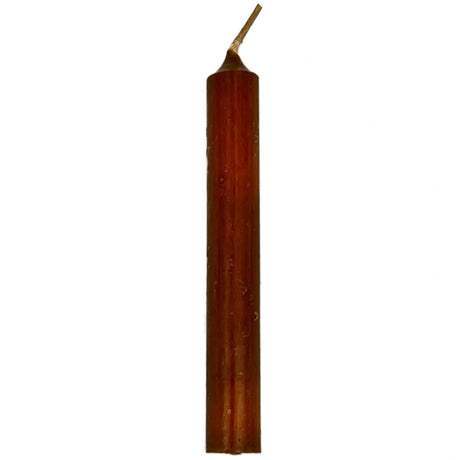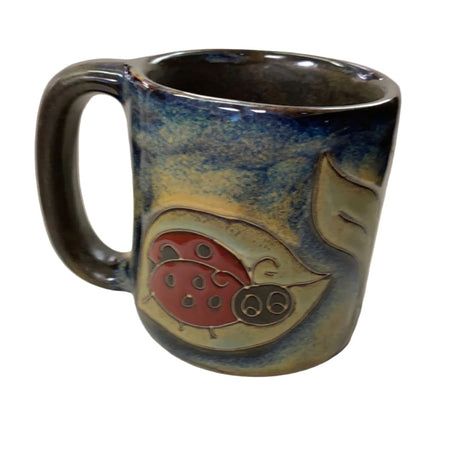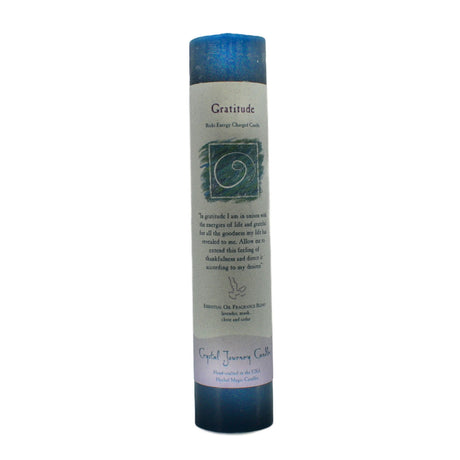If there’s a stone that seems to capture the warmth and glow of the sun, it’s got to be Citrine. Known for its vibrant yellow hues and uplifting energy, Citrine has earned its place as a favorite among crystal enthusiasts and gemstone collectors. From its golden shine to its reputation as a stone of prosperity, Citrine offers a lot more than just good looks. Let’s dive into the glowing world of Citrine and discover why it’s cherished by so many.
Stone Identification and Characteristics
Citrine is a variety of quartz, and its colors range from pale yellow to deep amber, sometimes with hints of smoky brown. The word "Citrine" comes from the French word citron, meaning lemon, which perfectly captures its fresh, sunny appearance.
Appearance and Formation
Citrine’s vibrant yellow color comes from traces of iron in its crystal structure. When quartz undergoes natural heat treatment, either deep in the Earth’s crust or through volcanic activity, it develops its characteristic yellow to golden hue. Interestingly, much of the Citrine available today is actually heat-treated Amethyst or Smoky Quartz. When these stones are exposed to high temperatures, they transform into a beautiful Citrine-like shade.
Hardness and Durability
Citrine has a Mohs hardness rating of 7, making it a durable choice for various types of jewelry. It’s hard enough to resist scratching and can withstand everyday wear. However, like all quartz varieties, it should still be handled with care to avoid chips or damage.
Historical and Cultural Significance
Citrine’s history is as rich as its golden hues. It has been adored for thousands of years, with its use dating back to ancient civilizations.
Origins and Early Use
The earliest known use of Citrine dates back to Ancient Greece around 300 BCE. It was often used as a decorative gem in jewelry and tools. The Egyptians used Citrine as a talisman against the evil eye, while Romans carved it into intaglios for rings and amulets.
Famous Citrine Stones and Historical Figures
Citrine has made its mark in history, adorning the jewelry collections of iconic figures. For example, the famous Queen Victoria was known to wear Citrine jewelry, especially during the 19th-century boom of Scottish jewelry. Citrine became a popular feature in brooches and pins, embodying the warmth and charm that Victorian society prized.
During the Art Deco era, famous Hollywood actresses like Greta Garbo often wore large Citrine rings and necklaces as statement pieces. The golden gemstone symbolized glamour, prosperity, and the allure of the cinema industry at the time. In contemporary times, Citrine jewelry has been spotted on celebrities like Kate Middleton, adding a touch of warmth to royal and red-carpet fashion alike.
Metaphysical Properties
Citrine is often referred to as a powerhouse crystal, celebrated for its wide range of metaphysical properties.
Energy and Chakra Association
Citrine is a stone of positivity, joy, and abundance. In chakra healing, Citrine is closely associated with the Solar Plexus Chakra, located just above the navel. This chakra is the center of personal power, self-esteem, and confidence.
How to Differentiate Natural vs. Heat-Treated Citrine
Given its popularity, distinguishing natural Citrine from heat-treated varieties can be tricky but important.
Color Differences
Natural Citrine tends to have a pale yellow or champagne hue, often appearing more subdued and light in color. In contrast, heat-treated Citrine, made from Amethyst or Smoky Quartz, can range from bright, almost orange shades to deep, reddish-brown hues. The intense color of heat-treated Citrine is a clear indicator that it has been enhanced.
Crystal Structure and Inclusions
Natural Citrine usually has fewer inclusions and a more even color distribution. Heat-treated stones may show patches of color concentration or have white base parts where the original Amethyst’s color was altered. By examining the stone under natural light, one can sometimes spot these differences, making it easier to identify the type of Citrine.
Source and Price
Natural Citrine is rarer and typically sourced from Brazil, Russia, and Madagascar. Because of its rarity, natural Citrine often fetches a higher price compared to heat-treated Citrine, which is more readily available. When purchasing Citrine, always ask the seller about the stone's origin and whether it has been treated.
Healing and Therapeutic Uses
Citrine isn’t just a pretty stone; it’s thought to offer a wide range of healing benefits, both physically and emotionally. Citrine is believed to support overall health, particularly aiding the digestive system due to its connection with the Solar Plexus Chakra.
Care and Maintenance
Citrine, like all gemstones, needs a bit of TLC to keep it looking its best. It’s important to keep it away from prolonged sunlight to prevent fading. Regularly cleanse your Citrine with warm soapy water and a soft cloth.
The Role of Citrine in Modern Crystal Healing Practices
Citrine has solidified its role in contemporary holistic wellness, becoming a staple in crystal healing practices.
Manifestation and Prosperity Rituals
Many people use Citrine during manifestation practices, especially those aimed at attracting wealth, success, and abundance. Citrine is often placed in wallets, cash registers, or wealth corners of homes (according to Feng Shui) to invite financial prosperity. It's seen as a "merchant's stone," helping business owners and entrepreneurs succeed.
Energy Balancing
Citrine is frequently used by energy healers to cleanse and balance the aura. Its sunny, positive vibrations are said to wash away negative energy, making it an ideal stone for anyone experiencing a "cloudy" mental state. Healers often recommend Citrine to clients dealing with stress, anxiety, or feelings of hopelessness, as it can help to bring a sense of lightness and clarity.
Meditative Practices
In meditation, Citrine is believed to enhance concentration and foster a sense of inner peace. Holding Citrine or placing it nearby during meditation is thought to increase self-awareness and promote mental clarity, making it easier to focus on personal growth and goals. Citrine’s bright energy helps dispel negative thoughts, creating a more positive mindset for deep, effective meditation.
Uses and Applications
Citrine’s beauty and versatility make it a popular choice in various applications, from jewelry to decorative items.
Jewelry
Citrine is a favorite in jewelry design for its sunny hue and affordability. It pairs well with both silver and gold, making it a versatile gemstone in rings, earrings, and pendants.
Decorative Items and Feng Shui
Citrine geodes and clusters are often used as decorative items to fill spaces with positive energy. Feng Shui practitioners believe placing Citrine in specific areas can enhance the flow of prosperity and success.
Citrine in Modern Fashion and Jewelry Trends
Citrine has made a significant comeback in the fashion world, capturing the attention of jewelry designers and trendsetters alike. Its vibrant golden hue is reminiscent of sunshine, making it a sought-after stone for both everyday wear and special occasions.
Versatility in Design
Citrine's appeal lies in its versatility. It can be cut into various shapes and sizes, from classic round cuts to intricate pear and emerald cuts. This flexibility allows it to be used in an array of jewelry pieces, from delicate stud earrings to bold statement rings. Designers often pair Citrine with other gemstones like Amethyst, Topaz, and Garnet to create stunning multicolored pieces. Its affordability compared to other yellow gemstones like Yellow Sapphire and Yellow Diamond also makes it a popular choice for those seeking beauty on a budget.
Popularity in Birthstone Jewelry
As the November birthstone, Citrine is a favorite for personalized jewelry. Birthstone rings, necklaces, and bracelets featuring Citrine are popular gifts for birthdays, anniversaries, and other special milestones. Its warm color is associated with positivity and happiness, making it a meaningful gift that carries emotional significance.
Citrine in Celebrity Fashion
Citrine has graced red carpets and high-profile events, with celebrities donning it as part of their stunning ensembles. The stone’s rich color adds a touch of glamour and elegance, making it a favorite among stylists. Iconic figures like Kate Middleton and Angelina Jolie have been spotted wearing Citrine jewelry, often complementing their looks with the stone’s warm, golden glow. The resurgence of Citrine in high fashion is a testament to its timeless appeal and modern relevance.
Feng Shui and Home Decor with Citrine
Citrine is more than just a decorative stone; it’s a powerful tool in the practice of Feng Shui, where it's used to attract abundance, success, and positive energy into homes and offices.
Placement for Prosperity
In Feng Shui, Citrine is often placed in the wealth corner of a room or home, which is typically the farthest left corner from the front door. This placement is believed to amplify the stone’s energy, attracting financial success and prosperity. Citrine geodes, clusters, or even small tumbled stones can be positioned in this area to enhance the flow of positive energy.
Enhancing the Home's Ambiance
Beyond its role in wealth attraction, Citrine is also used to uplift the overall ambiance of a space. Its bright, sunny color is said to bring warmth and a sense of well-being. Placing Citrine in living rooms, workspaces, or dining areas can create a welcoming atmosphere that promotes joy and harmony. Some people place Citrine near windows to catch the sunlight, allowing it to reflect its golden hues and fill the room with a soft, radiant glow.
Citrine in Office and Workspace Feng Shui
Citrine is especially popular in offices and workspaces, where it’s believed to boost productivity and creativity. Placing a Citrine stone on your desk or in your office can help stimulate mental clarity and focus, making it an excellent companion for business owners, entrepreneurs, and anyone looking to enhance their work environment. Its energy is thought to aid in making clear decisions and attracting new opportunities, aligning perfectly with its reputation as the "merchant’s stone."
Citrine's Role in Holistic and Alternative Therapies
The healing potential of Citrine goes beyond its aesthetic appeal. It's widely used in holistic and alternative therapies for its reputed abilities to uplift mood, boost energy, and promote overall wellness.
Citrine in Massage Therapy
Citrine is occasionally used in massage therapy, where it's incorporated into massages as a tool for channeling positive energy. The therapist might place heated Citrine stones along the spine or specific chakra points to help release tension and encourage energy flow. The warm, comforting sensation of Citrine on the skin is believed to help ease stress, reduce muscle stiffness, and promote relaxation.
Crystal Grids Featuring Citrine
Crystal grids are a popular method in holistic practices for manifesting specific goals or healing purposes. Citrine is often a key component in these grids, particularly those designed for attracting wealth, joy, and confidence. It’s typically placed at the center of the grid to serve as a focal point, amplifying the intentions set during the practice. Surrounding the Citrine with complementary stones like Green Aventurine, Pyrite, and Clear Quartz can enhance the grid's overall energy, creating a powerful tool for manifestation.
Citrine Elixirs and Wellness Rituals
Citrine is also used to make gemstone elixirs, which are believed to infuse water with the stone’s positive energy. To create a Citrine elixir, the stone is placed in or near a glass of water (without direct contact in some cases to avoid potential contamination) and left to sit for a few hours. The resulting elixir is thought to carry the energetic properties of Citrine, promoting vitality, happiness, and an overall sense of well-being when consumed. However, it's essential to research and use safe methods for making gemstone elixirs to avoid any adverse effects.
Aromatherapy and Citrine
In aromatherapy, Citrine is sometimes paired with uplifting essential oils like citrus blends (lemon, orange, and grapefruit) and peppermint. The stone is believed to amplify the effects of these oils, helping to boost energy levels and uplift the mood. Citrine is often placed near essential oil diffusers or used as a touchstone during inhalation practices to enhance the sense of positivity and joy.
Conclusion
Citrine, with its golden glow and rich history, is far more than just a pretty gemstone. Its enduring appeal lies in its ability to bring warmth, positivity, and abundance into our lives, whether through stunning jewelry pieces, home decor, or holistic healing practices. From ancient civilizations to modern crystal enthusiasts, Citrine’s reputation as a stone of success and joy has only grown.
Whether you're seeking a boost in your daily energy, a way to enhance your space, or simply a beautiful piece of jewelry that radiates positivity, Citrine offers something for everyone. It serves as a constant reminder of the power of the sun and the light we can bring into our own lives. With its vibrant energy, Citrine invites us all to bask in its glow, find our inner sunshine, and let our true potential shine brightly.


